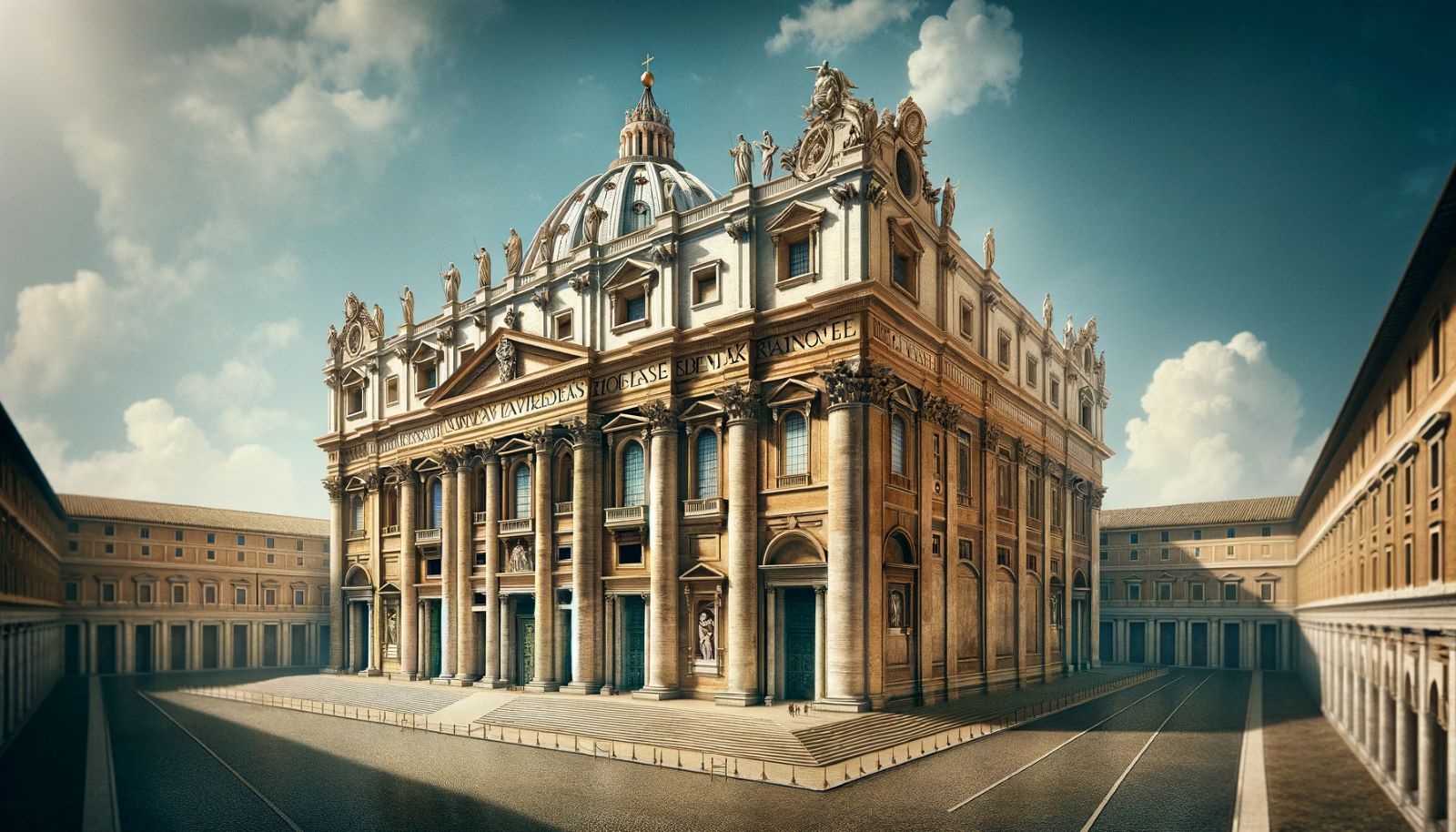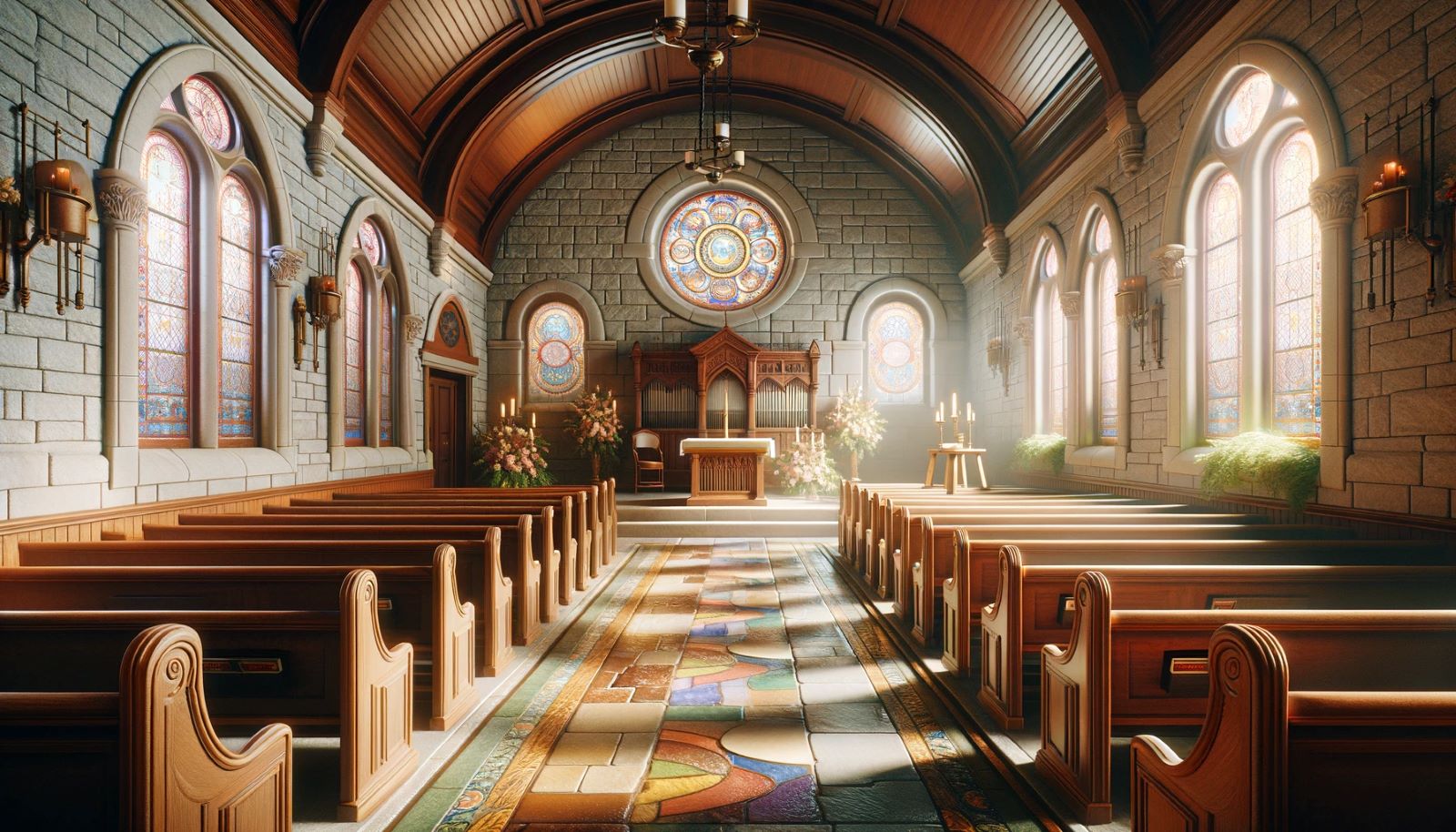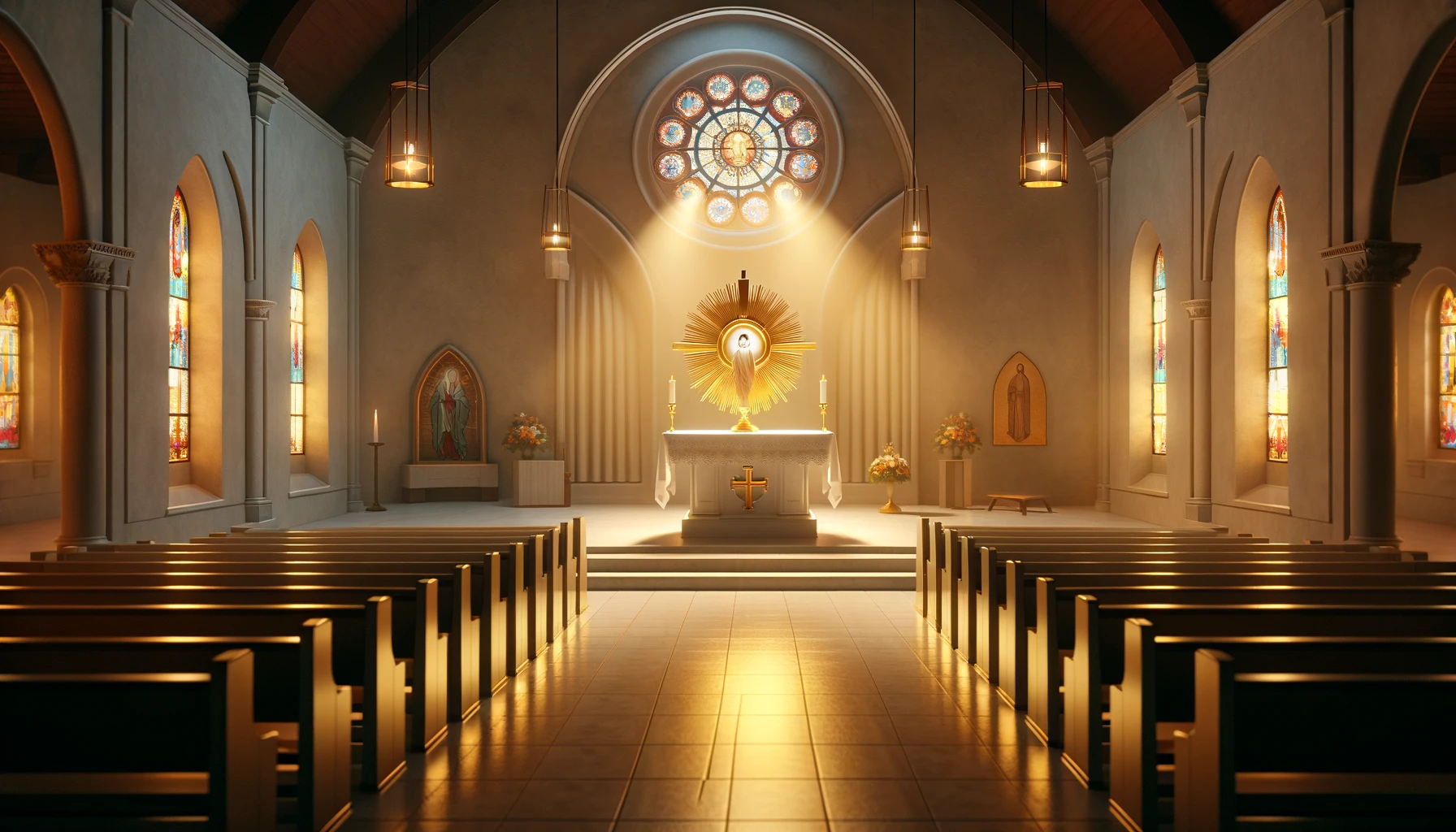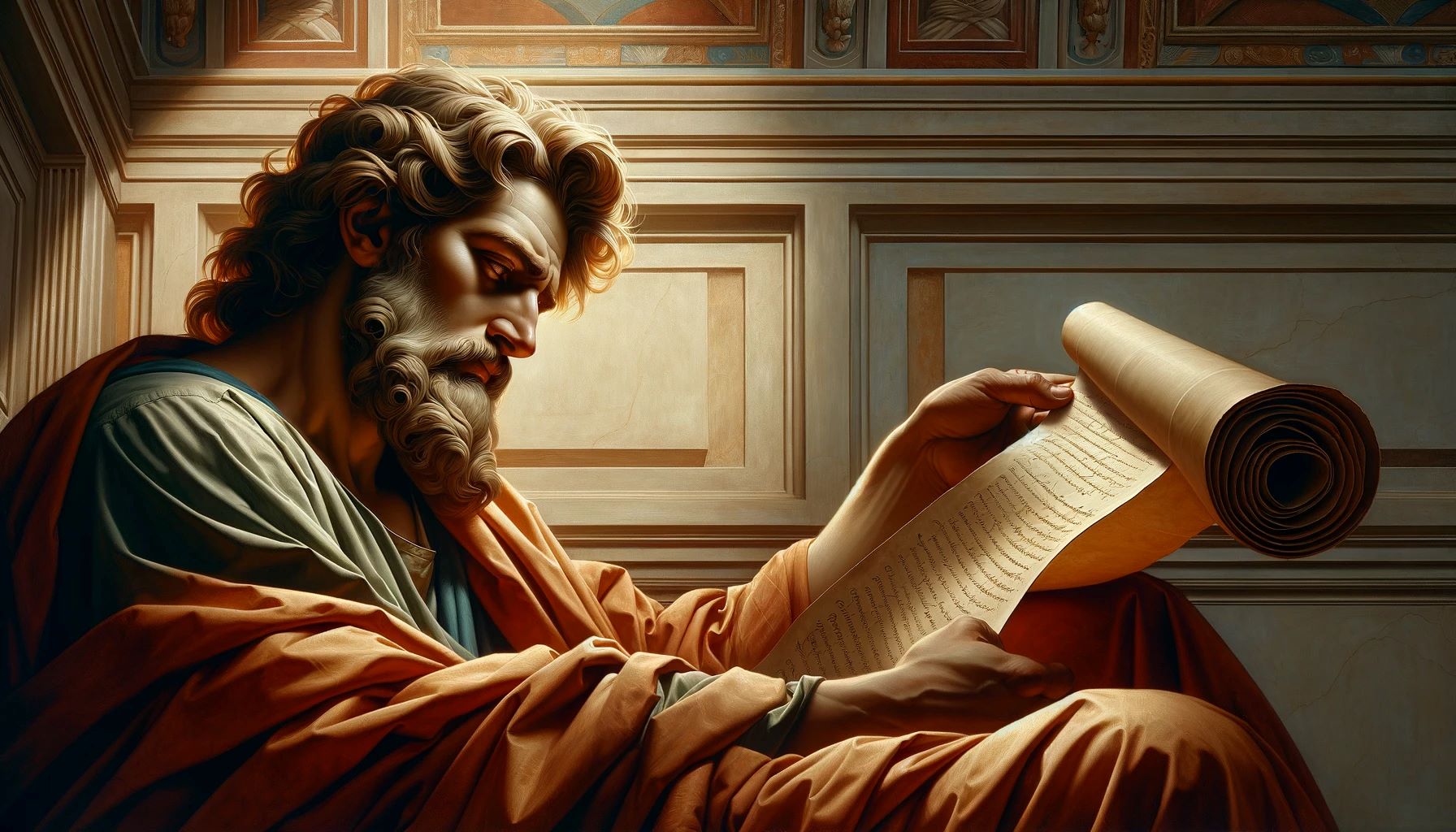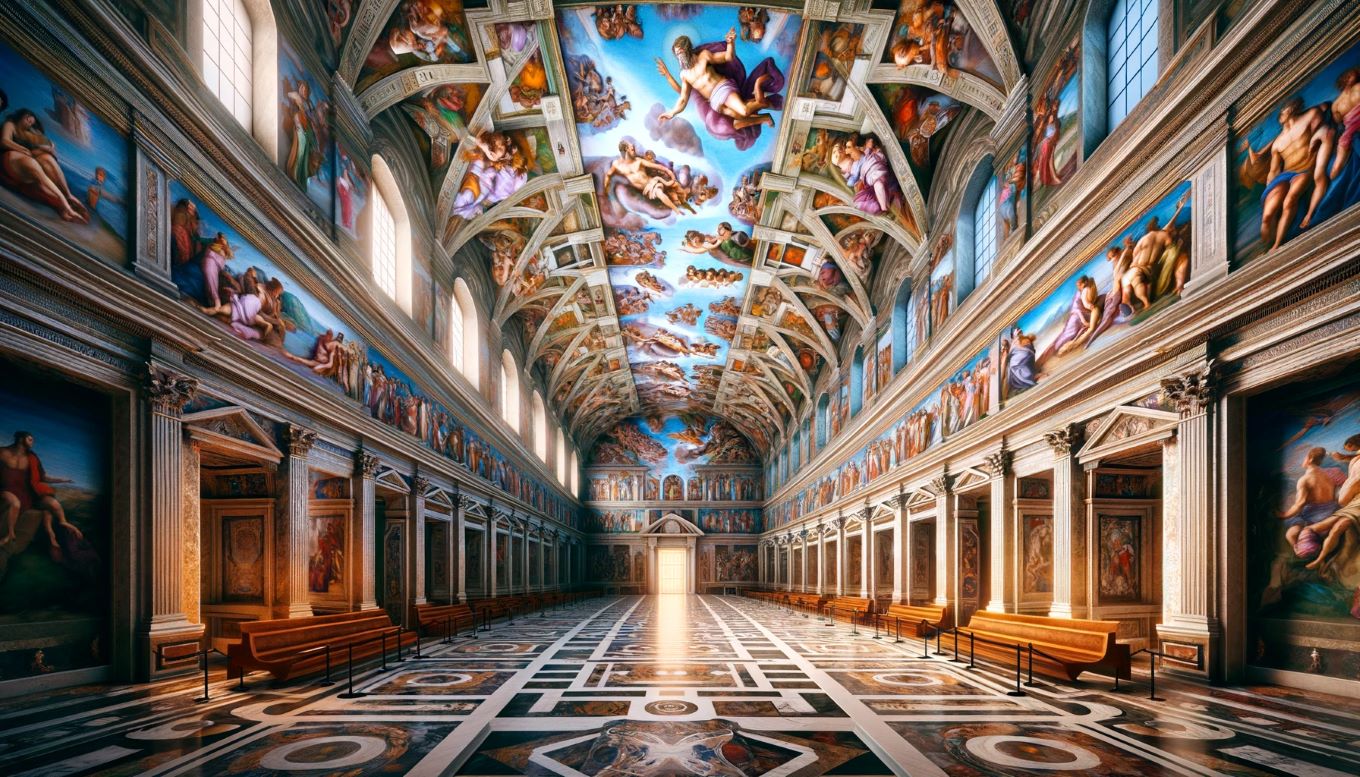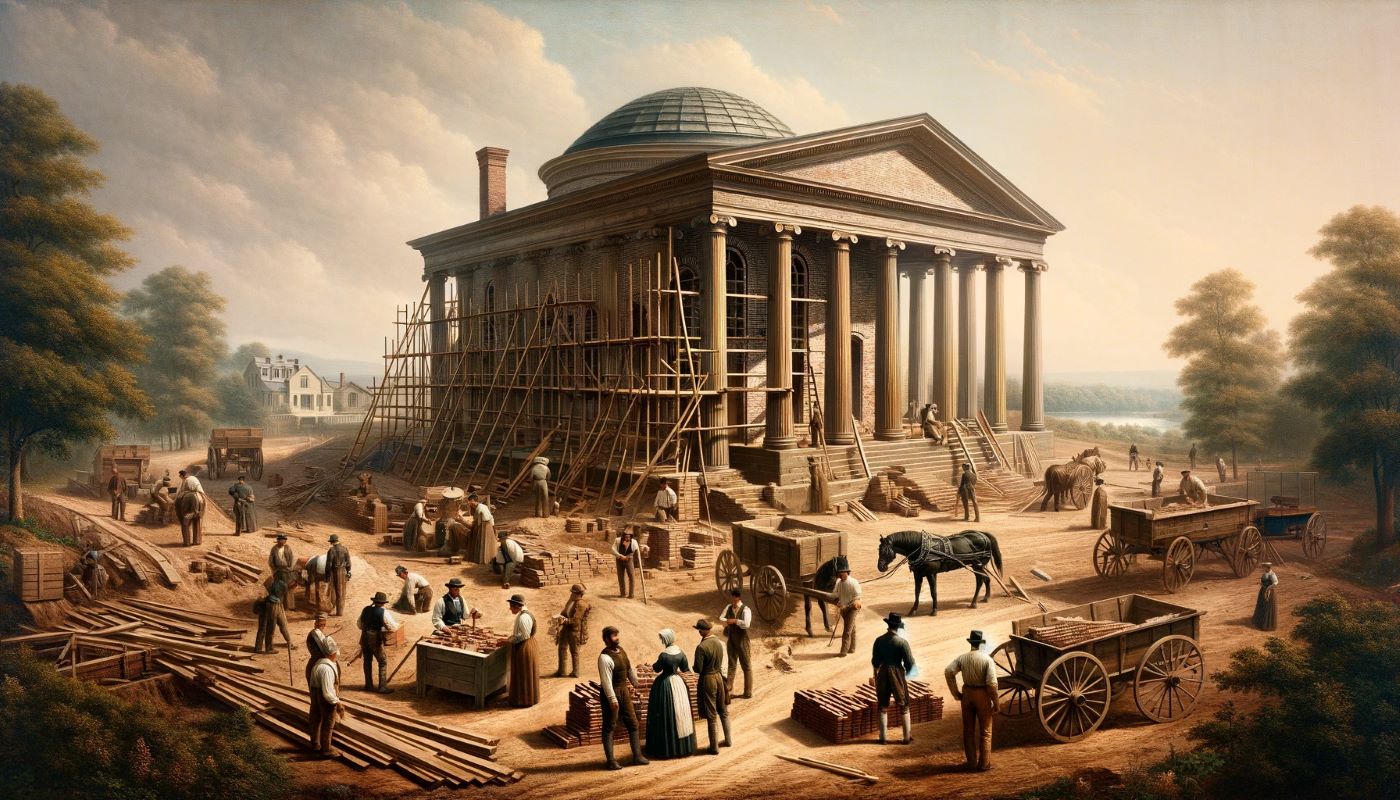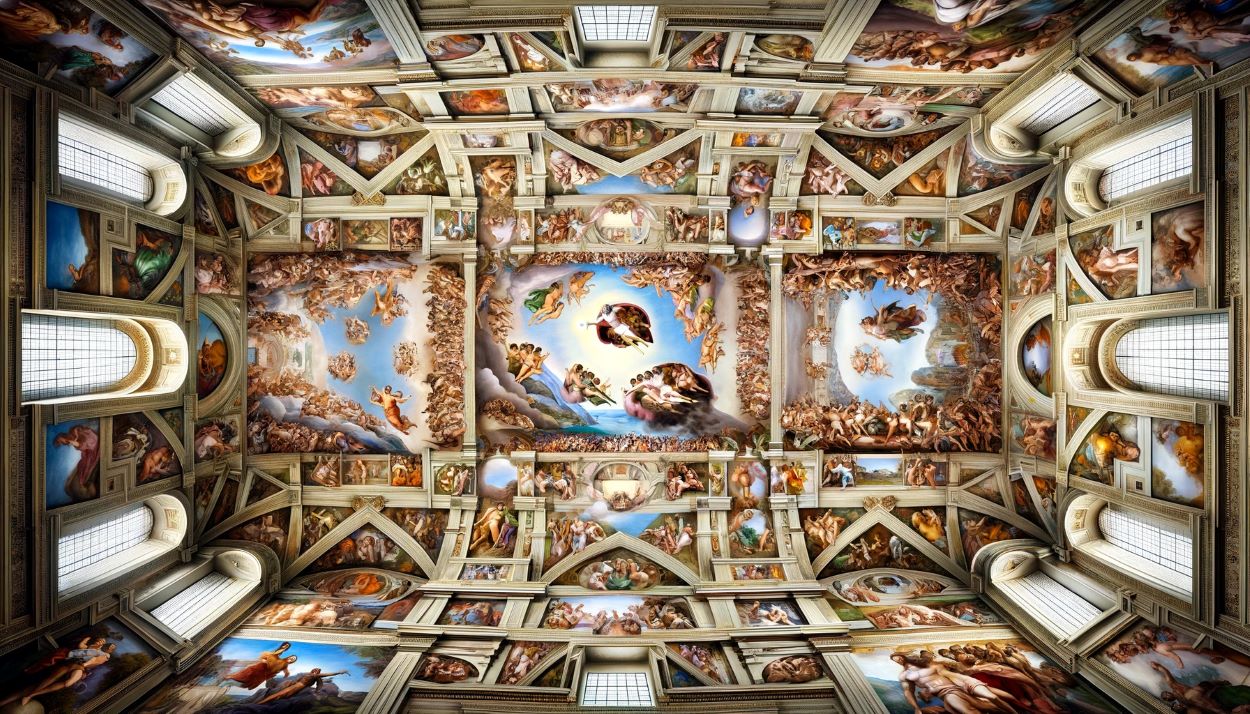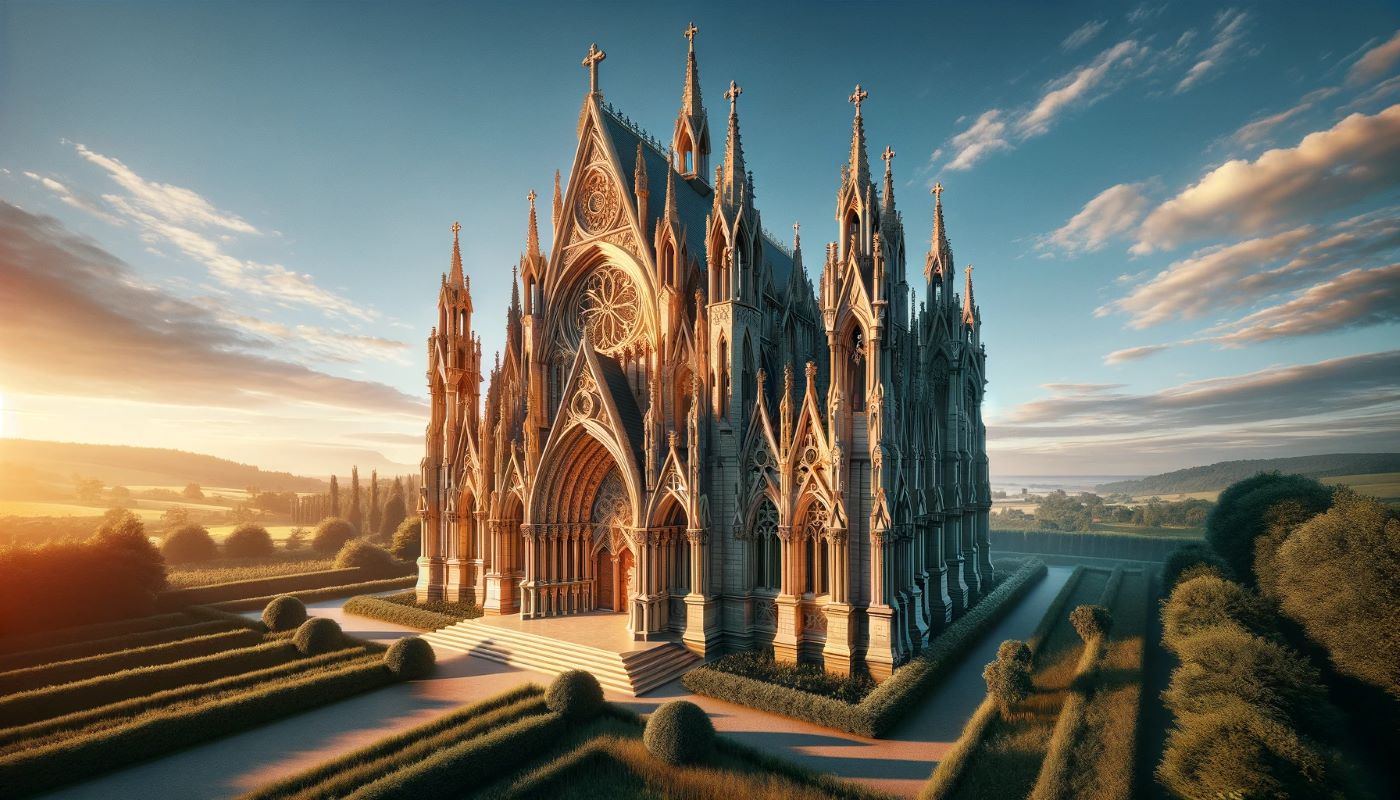Home>Arts and Culture>What Is The Palatine Chapel Made Of


Arts and Culture
What Is The Palatine Chapel Made Of
Published: March 4, 2024
Ericka Andersen, an editor at Christian.net, expertly merges digital strategy with content creation, focusing on faith and societal issues. Her communication skills enhance the platform's engaging narratives, fostering meaningful dialogue on belief's impact on society.
Discover the exquisite materials used in the construction of the Palatine Chapel, a masterpiece of arts and culture. Explore the intricate details of its design and craftsmanship.
(Many of the links in this article redirect to a specific reviewed product. Your purchase of these products through affiliate links helps to generate commission for Christian.net, at no extra cost. Learn more)
Table of Contents
Introduction
What is the Palatine Chapel made of? This question has intrigued historians, architects, and art enthusiasts for centuries. The Palatine Chapel, also known as the Royal Chapel of Palermo, is a masterpiece of medieval architecture and art. Its construction and design reflect the cultural and religious influences of the time, making it a significant landmark in the history of religious architecture. In this article, we will explore the materials, history, and significance of the Palatine Chapel, shedding light on the elements that make it a marvel of human creativity and craftsmanship.
Read more: What Is A Memorial Chapel
History of the Palatine Chapel
-
Origins: The Palatine Chapel, located in the Royal Palace of Palermo, Sicily, was commissioned by Roger II of Sicily in the 12th century. It was built as a symbol of the Norman kingdom's wealth and power, as well as a testament to the king's devotion to Christianity.
-
Cultural Influences: The construction of the chapel was influenced by a blend of architectural styles, including Byzantine, Islamic, and Romanesque elements. This fusion of cultural influences is evident in the chapel's design, reflecting the diverse heritage of Sicily during that period.
-
Religious Significance: The chapel was dedicated to the Assumption of the Virgin Mary, emphasizing the religious devotion of its patron, Roger II. The interior of the chapel is adorned with intricate mosaics and religious iconography, serving as a visual representation of the king's piety and the importance of Christianity in medieval Sicily.
-
Historical Legacy: Over the centuries, the Palatine Chapel has stood as a symbol of Sicily's rich history and cultural heritage. Its architectural and artistic significance has earned it recognition as a UNESCO World Heritage Site, ensuring its preservation for future generations to appreciate and admire.
Architectural Features
The Palatine Chapel boasts a unique blend of architectural styles that reflect the cultural and religious influences of its time. The exterior of the chapel features a simple yet elegant design, characterized by its cubic structure and low, sloping roof. The use of arches and columns, reminiscent of Byzantine and Islamic architecture, adds a sense of grandeur to the building's facade. The interior, however, is where the true magnificence of the chapel's architecture is revealed. The central nave is adorned with intricate mosaics, depicting biblical scenes and figures, while the muqarnas ceiling, a hallmark of Islamic architecture, adds a mesmerizing geometric complexity to the space. The fusion of these architectural elements creates a harmonious and awe-inspiring environment that captivates visitors and scholars alike.
The chapel's architectural layout is also symbolic of its religious significance. The use of a basilica plan, with a central nave and side aisles, reflects the influence of Romanesque church design, emphasizing the chapel's function as a place of worship and spiritual contemplation. The inclusion of a raised presbytery, where the altar is located, further emphasizes the sacred nature of the space, drawing the eyes of worshippers toward the focal point of Christian liturgy. Additionally, the incorporation of Islamic architectural motifs, such as the muqarnas ceiling and ornate arches, serves as a testament to the cultural and religious diversity of medieval Sicily, where different faiths and traditions coexisted and influenced each other.
The architectural features of the Palatine Chapel not only showcase the technical prowess of its builders but also serve as a visual representation of the cultural and religious dynamics of its time. The blending of Byzantine, Islamic, and Romanesque elements creates a space that transcends traditional categorizations, embodying the rich tapestry of influences that shaped medieval Sicilian society. As visitors stand within the hallowed halls of the chapel, they are enveloped by a sense of history, spirituality, and artistic ingenuity, making the architectural features of the Palatine Chapel an enduring testament to human creativity and cultural exchange.
Materials Used in Construction
The construction of the Palatine Chapel involved the use of a diverse array of materials, each carefully selected to fulfill both structural and aesthetic purposes. The primary building material employed in the chapel's construction was a light-colored limestone, sourced from quarries in the vicinity of Palermo. This limestone, known for its durability and workability, provided the foundation for the chapel's walls, columns, and arches. The use of this local stone not only ensured the structural integrity of the building but also allowed the architects and craftsmen to carve intricate details and decorative elements, adding a sense of refinement and elegance to the chapel's interior and exterior.
In addition to limestone, the construction of the Palatine Chapel also relied on the use of marble, particularly for the creation of the chapel's columns and decorative elements. Imported from various regions, including North Africa and the Byzantine Empire, the marble used in the chapel's construction added a touch of opulence and grandeur to the interior spaces. The use of marble, with its varied colors and veining patterns, allowed the artisans to craft ornate capitals, inlaid floors, and intricate reliefs, elevating the visual richness of the chapel's design.
Furthermore, the construction of the chapel's iconic muqarnas ceiling, a masterpiece of Islamic architectural innovation, utilized a combination of materials such as stucco, wood, and glass tesserae. The intricate geometric patterns and stalactite-like forms of the muqarnas were meticulously crafted using these materials, creating a breathtaking display of craftsmanship and artistry that continues to captivate visitors to this day.
The careful selection and masterful use of these materials in the construction of the Palatine Chapel not only speak to the technical skill of the builders but also reflect the cultural and trade connections that characterized medieval Sicily. The blending of local limestone with imported marble and the incorporation of Islamic architectural techniques demonstrate the interconnectedness of diverse influences, resulting in a structure that stands as a testament to the creativity and resourcefulness of its creators.
Art and Decoration
The art and decoration within the Palatine Chapel are a testament to the skill and creativity of the artisans who contributed to its splendor. The interior of the chapel is adorned with a breathtaking array of mosaics, depicting biblical narratives, saints, and celestial beings. These mosaics, crafted from a multitude of tiny, colored glass tesserae, create a luminous and ethereal atmosphere within the chapel, as the play of light and color brings the scenes to life. The intricate details and emotive expressions captured in the mosaics serve as a visual aid for worshipers, conveying the stories and teachings of the Christian faith in a captivating and accessible manner.
In addition to the mosaics, the chapel's interior is embellished with ornate marble reliefs, inlaid floors, and intricately carved capitals. The use of marble, with its varied hues and veining patterns, adds a sense of opulence and grandeur to the space, while the delicate craftsmanship of the reliefs and carvings showcases the mastery of the artisans. The interplay of light and shadow on the marble surfaces creates a dynamic and immersive environment, inviting visitors to marvel at the skill and artistry on display.
One of the most iconic features of the Palatine Chapel is its muqarnas ceiling, a masterpiece of Islamic architectural innovation. The muqarnas, composed of stucco, wood, and glass tesserae, forms a mesmerizing honeycomb-like structure that adorns the central nave of the chapel. The intricate geometric patterns and stalactite-like forms of the muqarnas create a sense of depth and movement, as if the very ceiling is alive with intricate detail. This architectural marvel not only serves a structural purpose but also adds a sense of wonder and enchantment to the chapel's interior, captivating the imagination of all who behold it.
The art and decoration within the Palatine Chapel are not merely ornamental but serve a deeper purpose, enriching the spiritual and sensory experience of visitors. The fusion of mosaic art, marble craftsmanship, and Islamic architectural elements creates a space that transcends the boundaries of traditional religious art, offering a multi-faceted and immersive encounter with the divine. As visitors gaze upon the art and decoration within the chapel, they are transported to a realm where faith, beauty, and human ingenuity converge, leaving an indelible impression on the heart and mind.
Read more: What Is Depicted In The Sistine Chapel
Significance of the Palatine Chapel
The Palatine Chapel holds immense significance as a cultural, religious, and architectural landmark. Its historical and artistic value extends beyond its physical presence, making it a symbol of the rich tapestry of influences that shaped medieval Sicily. As a testament to the religious devotion of King Roger II, the chapel stands as a tangible expression of faith and piety, reflecting the central role of Christianity in the Norman kingdom. The fusion of Byzantine, Islamic, and Romanesque architectural elements within the chapel's design serves as a visual representation of the cultural diversity and exchange that characterized Sicilian society during that period. Furthermore, the art and decoration within the chapel, including the intricate mosaics, marble reliefs, and the iconic muqarnas ceiling, exemplify the artistic achievements of the era, showcasing the skill and creativity of the artisans involved in its creation. The Palatine Chapel's designation as a UNESCO World Heritage Site underscores its global significance, ensuring its preservation for future generations and cementing its status as a treasure of human civilization. In essence, the chapel's significance lies not only in its physical attributes but also in the stories, traditions, and innovations it encapsulates, offering a window into a pivotal moment in history where diverse cultures converged to create something truly extraordinary.
